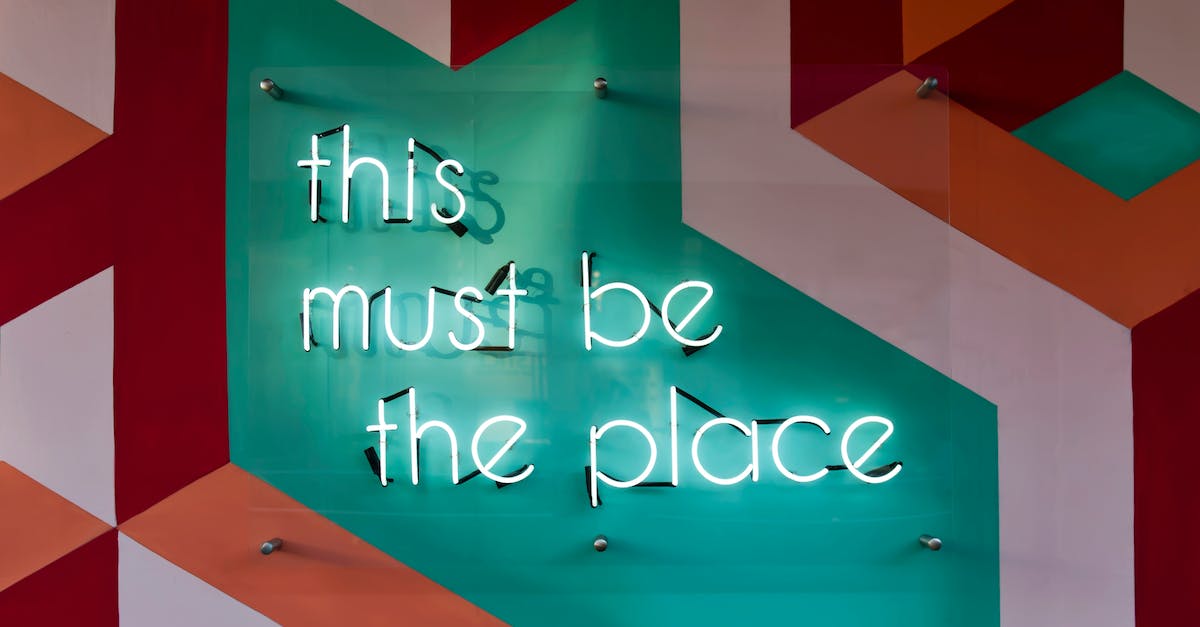Not so long ago, building a website was an arduous task that could require hours of coding, complex server configurations and the hiring of expensive (and often unreliable) developers. Fortunately, those days have been put to rest thanks to the ever-evolving WordPress. Now, with many of the world’s most popular ecommerce plugins, setting up an online store with WordPress is today’s website equivalent of plug-and-play. In this article, we’ll go over the step-by-step process of building your own WordPress ecommerce store.
Setting Up a WordPress Environment
Our first step in the process of setting up an ecommerce store with WordPress is creating the necessary WordPress environment. In a nutshell, this involves setting up the host, creating a database, and installing WordPress. If you already have a website built on WordPress, you can skip ahead to the next step.
Choose a Host
Selecting the right hosting provider is one of the most important decisions you’ll have to make when building an online store with WordPress. Of the many options available, the most attractive are cloud hosting providers such as Amazon Web Services, Microsoft Azure, and Google Cloud Platform. These companies offer cost-effective plans that include server-side scalability, reliable uptime, and more.
Create a Database
Once you’ve chosen a host, you’ll need to set up a database. This is where all of your store data (products, orders, customer information, etc.) will be stored. WordPress supports MySQL, PostgreSQL and MariaDB, giving you plenty of options when it comes to database creation.
Install WordPress
The final step in our environment setup is installing WordPress. If you’re using one of the popular cloud hosting services, you can use their one-click installers to set up WordPress in no time. If not, you can always complete the install manually. Visit https://codex.wordpress.org/Installing_WordPress for more information.
Selecting the Right Ecommerce Plugin
Now that our environment is set up, it’s time to choose an ecommerce plugin. There are dozens of plugins available, and selecting the right one for your store is essential. We’ll break down a few of the most popular plugins for WordPress, giving you a better idea of what’s on offer.
WooCommerce
WooCommerce is the most popular ecommerce plugin for WordPress. It’s feature-rich and highly customizable, with features like discounts and coupons, targeted email campaigns, inventory management, and a wide selection of payment gateways. You can even extend its functionality using customizable extensions and add-ons to create a comprehensive store.
Easy Digital Downloads
If you’re selling digital products, Easy Digital Downloads is an excellent choice. This plugin specializes in digital downloads, and provides powerful features such as discount codes, detailed reporting, various purchase options, and more. It also integrates with many popular payment gateways, allowing customers to pay for their purchases quickly and securely.
WP e-Commerce
WP e-Commerce is another popular plugin for WordPress. It’s free to use, and comes with a wide selection of features such as product categorization, affiliate programs, shopping cart management, and various shipping methods. Purchases can be made using PayPal, Amazon Payments, Google Checkout, and many other popular payment gateways.
Configuring the Store
Once you’ve chosen the right plugin, you can start configuring your store. This involves setting up the core features such as payment gateways, taxes, shipping, and more. We’ll go over a few of the key components of setting up your store for success.
Setting Up Payment Gateways
The first step of setting up your store is integrating payment gateways. This allows customers to securely pay for their purchases using popular payment services such as PayPal, Stripe, and Authorize.net. Most of the popular ecommerce plugins support these gateways out-of-the-box, or you can install additional extensions to add more options.
Configuring Shipping and Taxes
Shipping and taxes are also essential components of your store. You’ll need to configure these to ensure your customers are charged the correct amount. Most ecommerce plugins come with built-in features that allow you to configure your shipping and tax settings. You can also add extensions to manage taxes on a more granular level.
Configuring Product Pages
Creating a beautiful product page is essential for maximizing sales. Your product page should include all the necessary information about your product, such as price, description, photos, and more. Many ecommerce plugins provide custom product page templates, and you can even add extensions to create more detailed pages.
Launching Your Store
Once you’ve set up your store and configured all the necessary components, you’ll be ready to launch it. Before you do, however, there are a few final steps you should take.
Testing Your Store
It’s important to thoroughly test your store before you launch it. Test your payment gateways to make sure they’re working correctly, test your product pages to ensure they’re displaying correctly, and check all the other features of your store. If there are any issues, fix them before proceeding.
Optimizing Your Store
Once your store is tested, you’ll want to optimize it for speed and performance. Install a caching plugin to decrease page loading times, enable gzip compression to save bandwidth, and set up a content delivery network (CDN) to serve your files from a global network of servers.
Promoting Your Store
Finally, you’ll want to promote your store. Start by creating content to share on social media, build an email list of potential customers, and launch a series of promotional campaigns. Make sure to add social sharing buttons to your product pages, and set up an affiliate program to encourage others to share your store with their own networks.
Conclusion
Building an online store with WordPress is now easier than ever. With the right ecommerce plugin, you can set up a straightforward store in no time. Just make sure to follow the steps outlined above and complete all of the necessary setup and configuration steps. Once your store is ready, you can launch it, promote it, and start making sales!



















